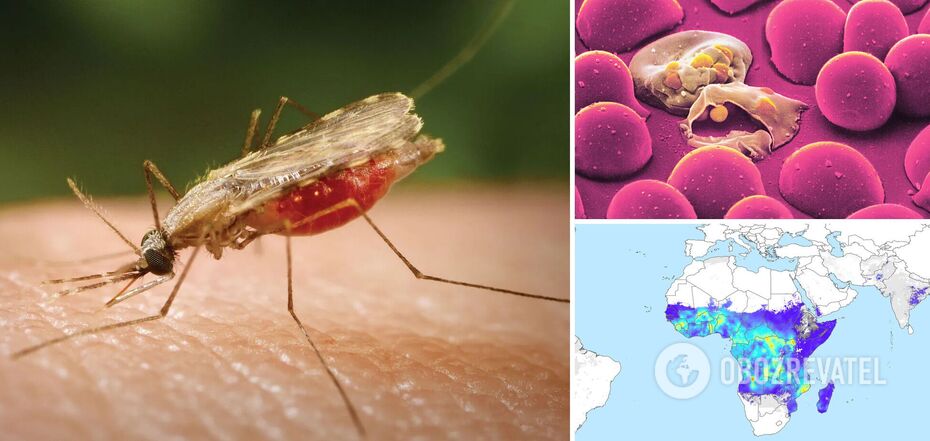Life
Global warming poses a new threat to humanity: what scientists predict
Global climate change is already posing new challenges to humanity. One of them is the atypical spread of diseases. In particular, scientists have predicted that malaria, characteristic of warm climates, will extend beyond its current range and become a global problem.
This is the conclusion reached by a team of biologists from Georgetown University, led by Colin Carlson, writes edition Science Alert. They investigated changes in the distribution range of malaria-carrying mosquitoes in Africa over the past 120 years.
The data allowed biologists to analyze the range boundaries of 22 species of Anopheles mosquitoes between 1898 and 2016. During that time, the world warmed by at least 1.2 degrees Celsius. This allowed the insects to spread into areas that were previously too cold for them. As scientists found out, Anopheles now spread southward by 4.7 km annually and upward by 6.5 meters.
This is larger and faster than indicated by the results of a 2011 study, which showed that in all directions terrestrial species were moving toward the pole by 1.7 km per year and up by 1.1 meters annually. That is, the rate of range change turned out to be 2-3 times greater than previously thought.
In fact, this new study suggests that African Anopheles mosquitoes have advanced so far that, on average, they can now be found 500 kilometers closer to the South Pole and 700 meters higher in the air than they were in the early twentieth century.
According to Carlson, this indicates that climate change has already allowed malaria-transmitting mosquitoes to spread further around the world toward colder climatic zones. Accordingly, this increases the risks of infection for people living in these zones.
Anopheles are carriers of protozoan microorganisms of the plasmodium genus, the causative agents of malaria. These microorganisms are transmitted during the bite, and this is how they become infected. Symptoms of the disease are fever, chills, and complications are enlargement of spleen and liver, development of anemia and jaundice. Malaria is a chronic disease with the possibility of relapses. With a severe course of the disease, a person can die. According to WHO, about 350-500 million cases of the disease and about 1.3-3 million deaths occur each year. Up to 90% of deaths now occur in Africa.
Biologists claim that mosquitoes can travel hundreds of miles in a night, because not only do they fly themselves, but they are also carried by gusts of wind. But these creatures are also sensitive to changes in temperature, humidity and rainfall, so the local climate dictates where they can survive. So far, the prediction indicates that climate change will not only expand the range of the dangerous insects, but also extend the period of the year when they can be active.
Noting that this new study only tracked mosquitoes of the genus Anopheles, Carlson says other mosquito species probably move in a similar way. But that question isn't well understood right now.
As for Anopheles mosquitoes, tracking their historical distribution could help explain the variable transmission patterns of malaria in the African region. It could also help elucidate the reason for the increase in malaria cases, particularly in the highlands of East Africa. Some researchers argue that the spike in malaria in the highlands is better explained by the end of the disease's spread control and drug resistance study programs. But others caution that global warming is part of a powerful combination of factors affecting malaria transmission.
All of this information plays an important role in the allocation of public health resources. According to the researchers, special attention should be paid to the new edges of the Anopheles mosquito area, because medical systems here may not be prepared to deal with the spread of a disease that was not previously typical here.
Carlson's research team previously pointed out that the Aedes mosquito zones, which carry dengue, chikungunya and Zika viruses, are currently changing. In a worst-case scenario, they could endanger the health of nearly a billion people. "We have to look for species that are on the move and think of this as an aspect of our preparation for the health consequences of climate change," Carlson says.
OBOZREVATEL previously published a UN forecast indicating that entire countries could go under water due to global warming and melting glaciers.
Subscribe to the channels of OBOZREVATEL in Telegram and Viber to keep up with the latest developments.



























